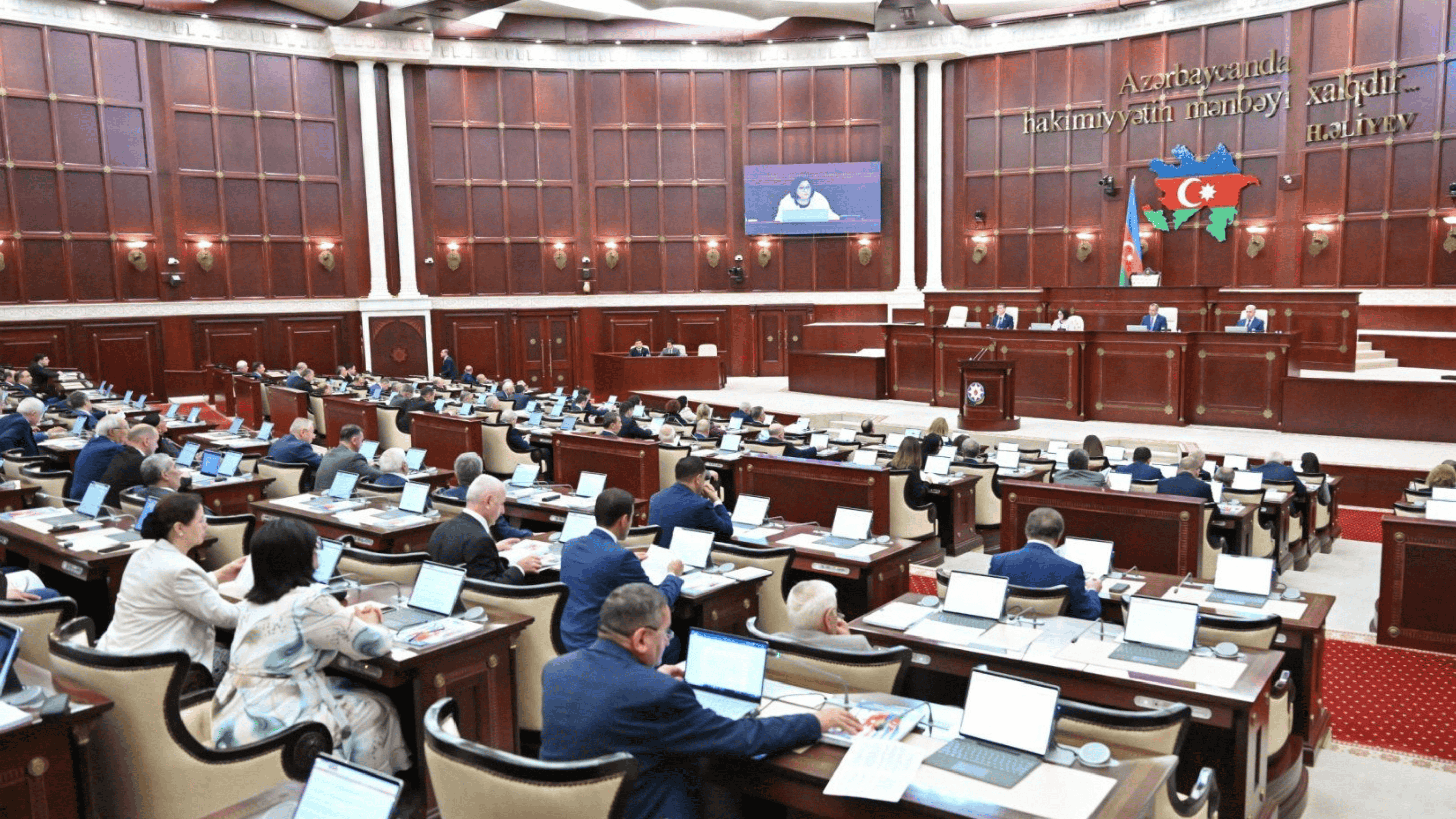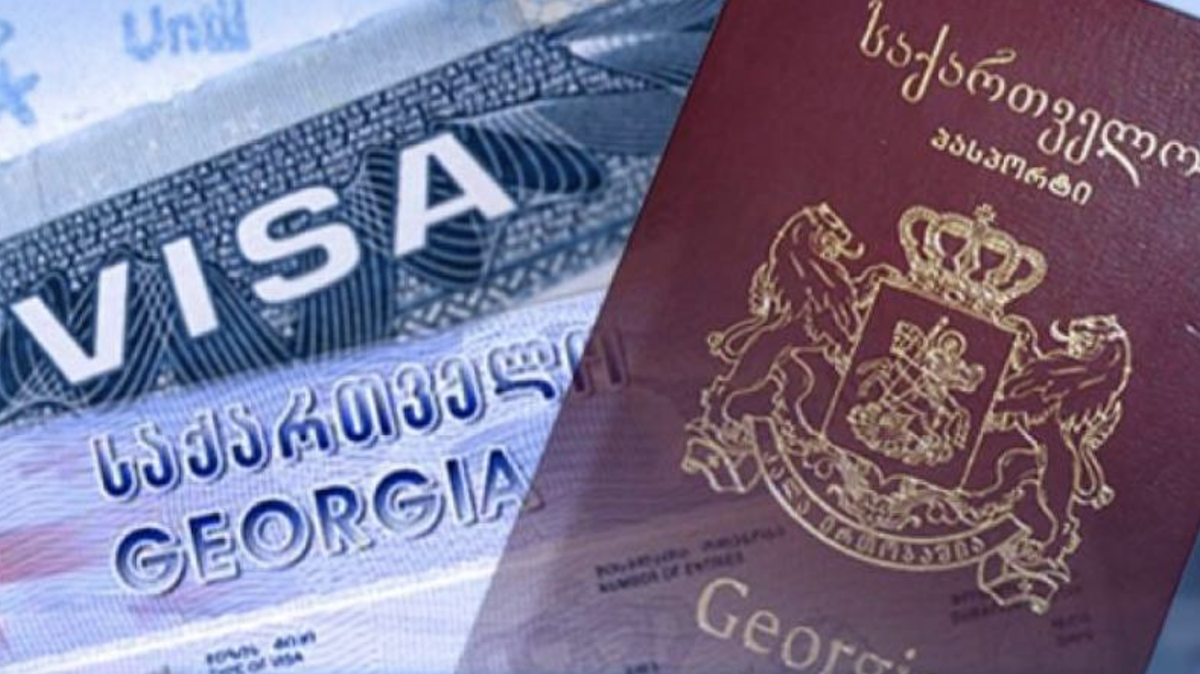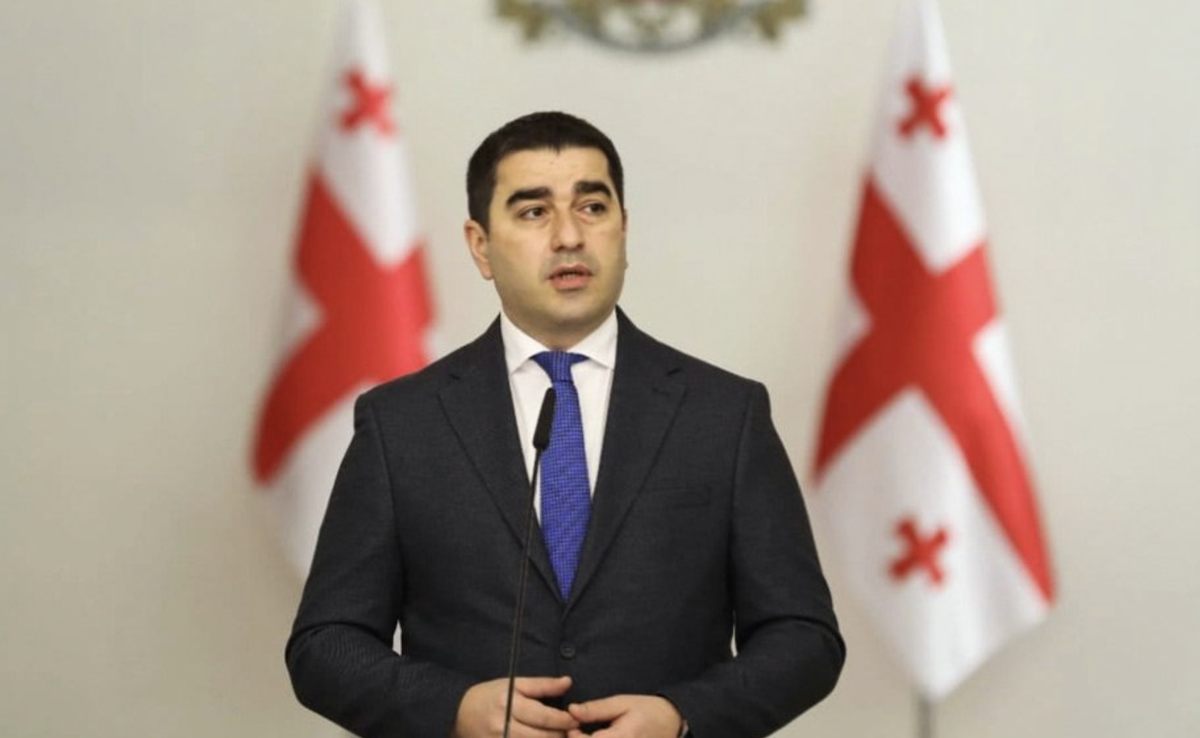Stalin revived in towns in South Ossetia, Eastern Ukraine
Two fairly distant post-Soviet regions – South Ossetia and Eastern Ukraine – have made a similar decision dictated by a shared love for Stalin.
In the self-proclaimed Donetsk People’s Republic, which the international community considers to be part of Ukraine, it was decided to give the city of Donetsk a second name – Stalin.
And in South Ossetia it was decided that the capital Tskhinval would have the second name of Stalinir.
- Moscow church decorated with mosaics featuring Putin and Stalin
- Countries of former USSR commemorate 13 million victims of Stalinist political repression
How the name Stalinir will be used, and how it arose

This photo was taken by OSinform agency in 2013 in the village of Satikar.
Local residents on their own initiative restored a monument to Stalin.
On April 26, 2020, the president of South Ossetia signed a decree to add the second name of Stalinir to Tskhinval.
The decision says that it was adopted “in order to preserve historical memory and in connection with the 75th anniversary of the Victory in the Great Patriotic War of 1941-1945.”
Victory Day is approaching on May 9, and the authorities have been instructed to organize events that will popularize the name Stalinir.
The history of the toponym is as follows.
On February 5, 1931, at the IX Congress of Soviets of the South Ossetian Autonomous Region of the Georgian USSR, the Bolshevik Razden Kozayev proposed that the city of Tskhinvali be named after Joseph Stalin.
The decision was passed on March 17, 1934. From then until 1961, the city officially bore the name of Stalin.
And the fate of the initiator of this renaming was tragic. Razden Kozayev in 1937 was repressed by the Stalinist regime and died.
But Kozayev, meanwhile, was the first local member of the Bolshevik party – he joined it in 1898, he actively participated in the struggle for the establishment of Soviet authority.
Stalin – an ancient hero and father of the people
On social media, the return of Stalinir has caused a flurry of emotions, but of various kinds.
Many locals enthusiastically welcomed this decision. A whole group has been created on Facebook, which includes those who call themselves Stalinists.
There they have published old photographs of Stalinir and wax nostalgic about the past, although often about their irrevocably gone youth.

Member of this group Lyudmila Alborova writes:
“A very good, very proper decision!!! I remember how in 2012 at the customs they found fault with my uncle due to the fact that his birthplace was indicated in his passport – Stalinir.
“To keep him company, they kept me in the cell-room for about two hours. It was creepy.”
Stalin – the killer, the one who destroyed the Ossetian intelligentsia
Other local residents consider the decision controversial, and some called it offensive.
“I do not see the logic in this decree. Yes, the city was called Stalinir for several years, but the historical name of the capital of South Ossetia is Tskhinval,” Roland Kelekhsaev, a former deputy of the South Ossetian parliament, told JAMnews.
“Stalin is Ossetian, we consider him Ossetian, but he did nothing useful for Ossetia. We have witnessed the fact that South Ossetia was given to Georgia, and North Ossetia to Russia. The best representatives of the Ossetian intelligentsia were repressed. Ossetia was divided into northern and southern parts.”
There were many others who recalled those executed and repressed under the Stalin regime.
Public figure Agunda Bekoeva brings up Mate Sanakoev and Alexander Tibilov, for whom the South Ossetian University is named.
“Maybe you don’t remember who they are,” she writes in her comments. “Agunda Bekoev is the granddaughter of the famous theater actor Georgy Bekoev. In the 1930s, he was an activist in the local opposition organization Rastdzinad, became a political prisoner and spent time in Stalin’s camps for campaigning in defense of the Ossetian language.
“What are you going to celebrate? That the city again, although on selected days, will be called after the executioner of the Ossetian people? Why should I be ashamed of people who are the same age as my father and grandfather? ” writes Bekoeva.
Stalin – the person who gave the Ossetians to Georgia and thereby launched the Georgian-Ossetian conflict
Another group is made up by people who are indignant at perpetuating the memory of Stalin for other reasons – namely, for the Georgian-Ossetian conflict.
Active Facebook user Swati Farna launched the discussion by posting this post:
“The roots of the current Georgian-Ossetian conflict lie in the Soviet era. Then the territory of compact residence of Ossetians was divided between the Russian Soviet Republic (RSFSR) and the Georgian Soviet Republic. The story could have been even more dramatic if in the 1920s Stalin managed to annex not only South, but also North Ossetia.”
The phenomenon of mass love for Stalin in South Ossetia
A lot is said about Joseph Stalin in the local society, often and usually – with love.
Political scientist Alan Mamiev explains this phenomenon by the longing of Ossetians for a strong and large-scale historical figure:
“Stalin is such a classic ancient leader, for whom property can only be collective and cannot be private, the general is higher than the private. He perceives of a country in the format of a state from sea to sea, which has no borders.
“The collective unconscious of the Ossetian people misses such an archetype, it is in demand. Stalin compared himself with [the hero of the Georgian epos] Amirani, with Prometheus. He called himself ‘the father of the nations.’ And now there are not peoples, but masters and slaves. And people miss those times.”
Public figure Badri Gazzati recalls that Stalin is popular not only in Ossetia, but also in Russia, Georgia and many other countries.
“He is Ossetian and for Ossetians he is the most outstanding person. And they are proud of it. And the repression is also ambiguous. Some consider them reasonable, and they say the scale is exaggerated.”



















